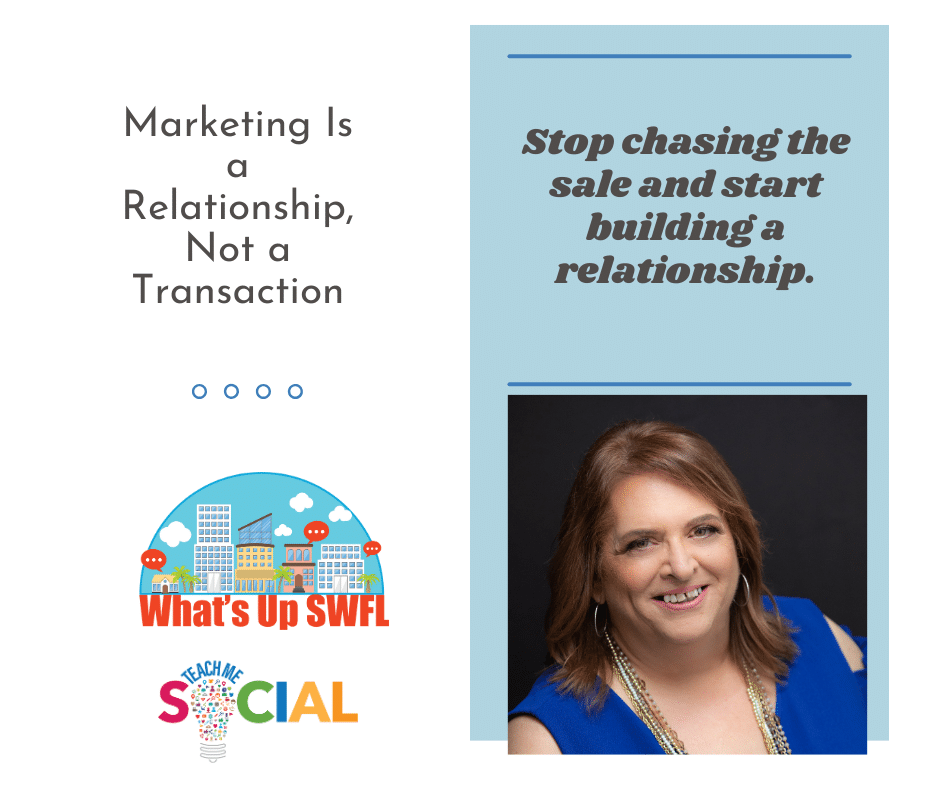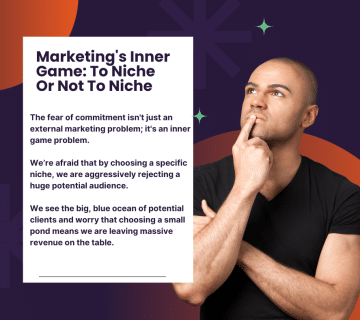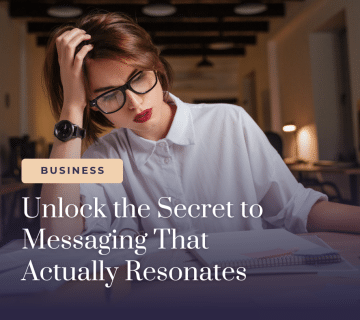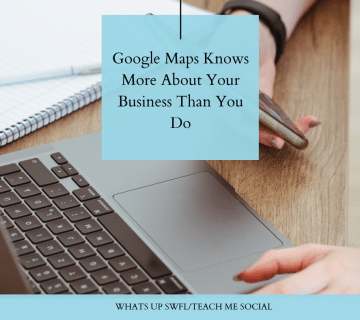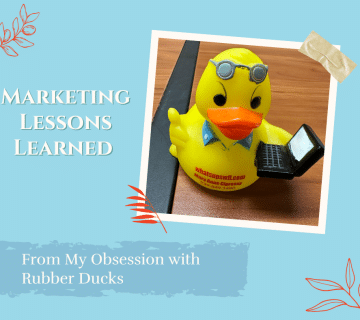Marketing Is a Relationship – You’ve been there. The cold calls that interrupt your day. The generic email that starts with “Dear valued customer” and ends with a pitch you never asked for. The ad that pops up everywhere, relentlessly telling you to “Buy Now!”
These are examples of transactional marketing. It’s a one-and-done, short-sighted approach that feels pushy, impersonal, and—let’s be honest—annoying. You don’t want to be that business. You want to be the one that people trust, the one they turn to, and the one they are genuinely excited to work with.
The secret? You have to stop chasing the sale and start building a relationship.
The Constant Pressure to “Sell, Sell, Sell”
As a business owner, you feel the pressure. The numbers have to be met. The cash flow needs to be steady. So, you might fall into the trap of thinking every single interaction with a potential client has to end in a sale. You push for a meeting, you rush the proposal, and you get frustrated when they don’t immediately say “yes.”
This approach leaves you feeling exhausted and stressed. It also makes your potential clients feel like just another number, another checkmark on your to-do list. The conversation is forced, and the trust is never built.
The Joy of a “Warm” Audience
Imagine this instead: someone reaches out to you, already familiar with your work. They mention a blog post they loved or a piece of advice you shared on social media. They’ve been following you for months and are confident you’re the right partner for their business.
Doesn’t that sound better?
This is the benefit of a relational marketing strategy. It’s not about the one-off transaction; it’s about nurturing a connection over time. It’s about being a resource, an authority, and a trusted friend in your industry. When you focus on building a relationship, the sale becomes a natural, logical next step—not a desperate Hail Mary.
How to Build a Relationship, Not Just a Contact List
1. Be a Guide, Not a Salesperson. Your potential client has a problem. They’re struggling to get leads, their social media isn’t working, or they feel invisible online. Your job isn’t to just pitch your services. It’s to show them you understand their pain and provide genuinely helpful advice. Think of your blog posts, social media content, and emails as trail markers on their journey. Give them a clear path forward, even before they pay you.
2. Listen, Don’t Just Talk. A relationship is a two-way street. How often do you ask your audience what they’re struggling with? What questions they have? Responding to comments on social media, sending out polls, or simply asking for feedback shows that you see them as more than just a potential source of income. You see them as a person with needs, and you’re there to help.
3. Show Up Consistently. You wouldn’t expect to have a lasting friendship if you only reached out once a year. The same goes for your marketing. Building a relationship requires consistent, valuable interactions. This is the power of a dynamic marketing plan—regular emails that provide insight, consistent social media posts that build community, and a blog that becomes a go-to resource. It’s about being present and reliable.
The Bottom Line: Your Business Flourishes with Trust
At the end of the day, people don’t buy products or services; they buy trust. They invest in people and brands they believe will deliver on their promises.
By moving away from a transactional mindset and embracing a relational one, you’re not just improving your marketing. You’re building a foundation of loyalty, respect, and trust that will not only attract new clients but also turn them into lifelong fans of your business. That’s a feeling no one-off sale can ever give you.

